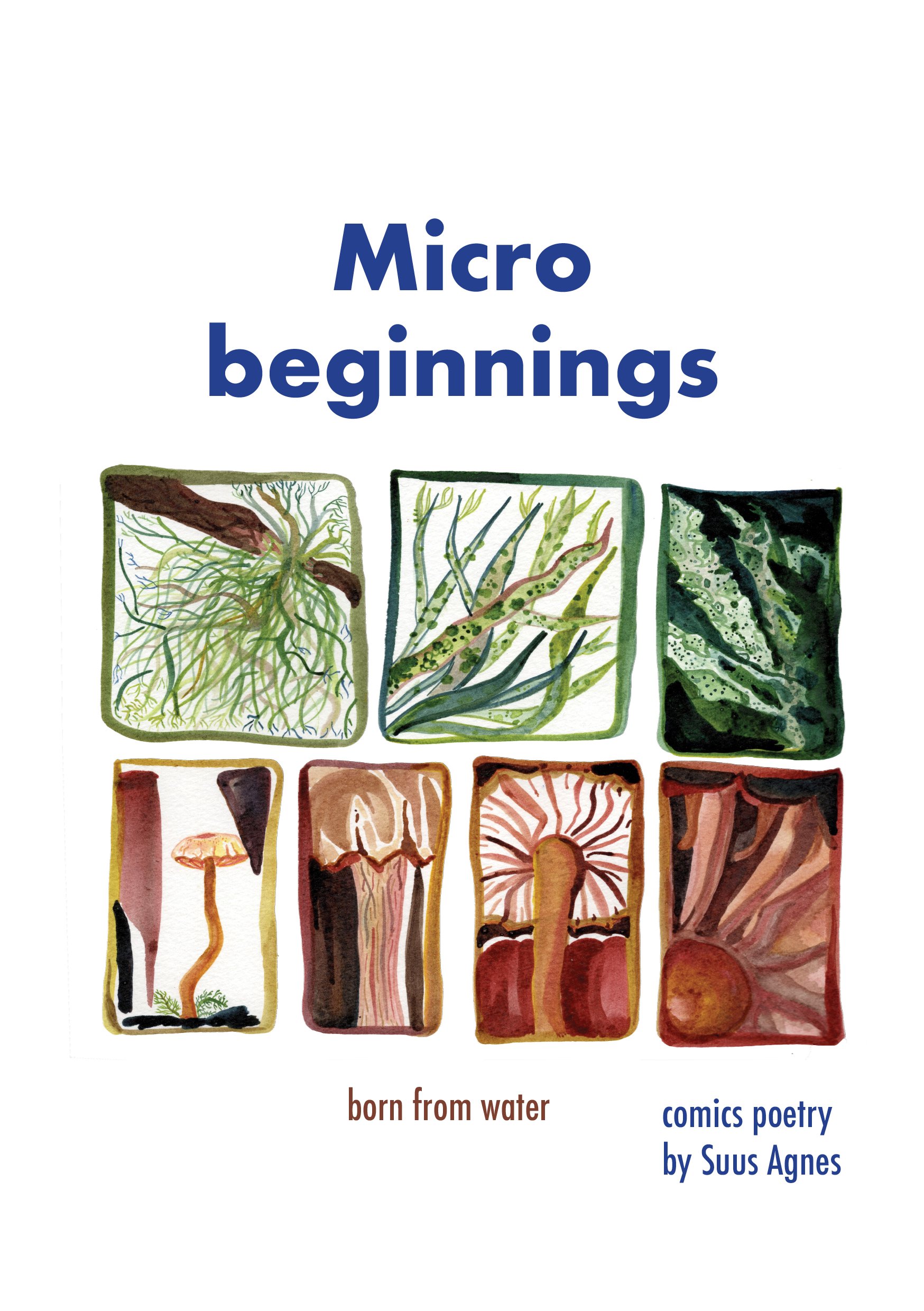Born From Water
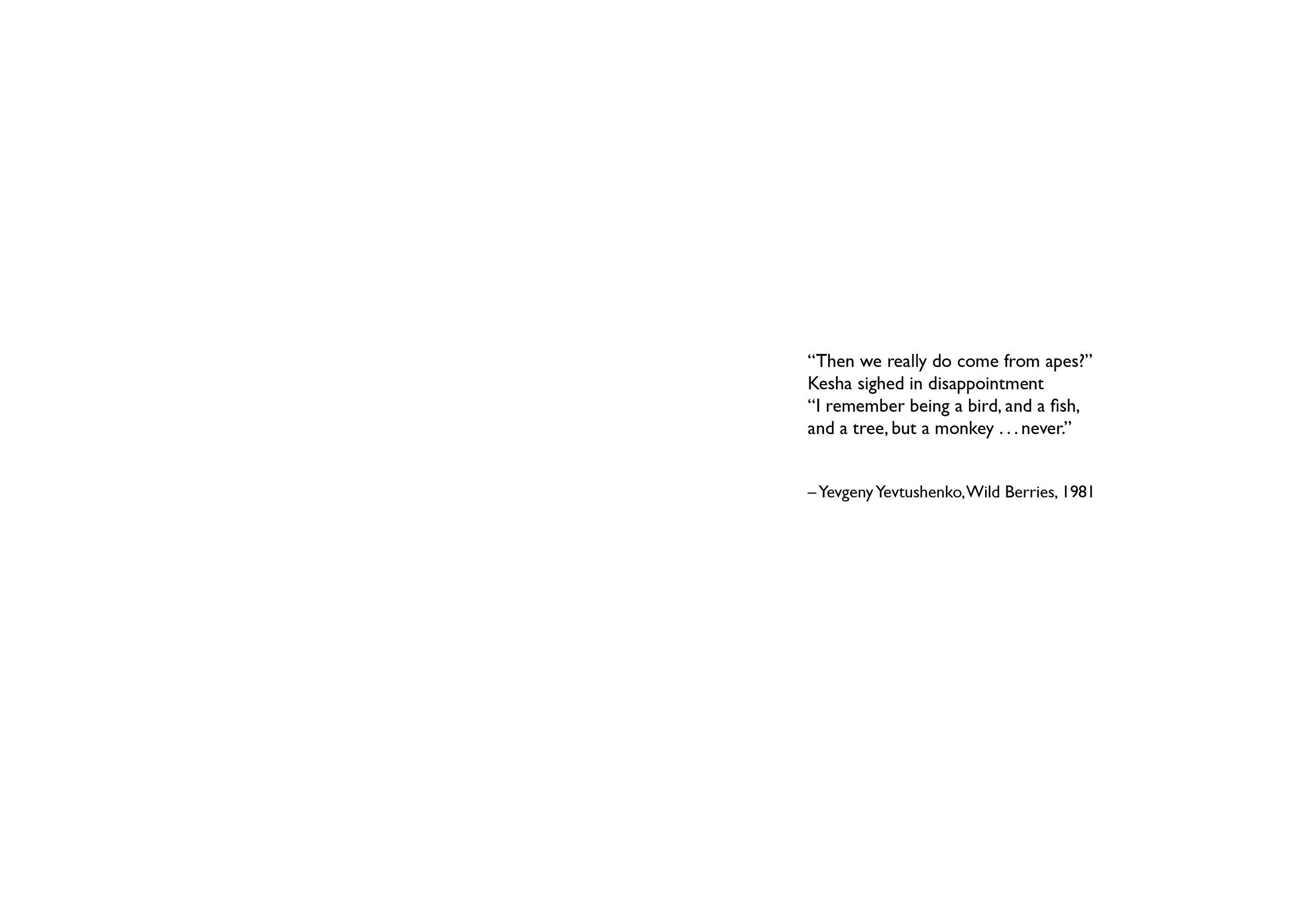
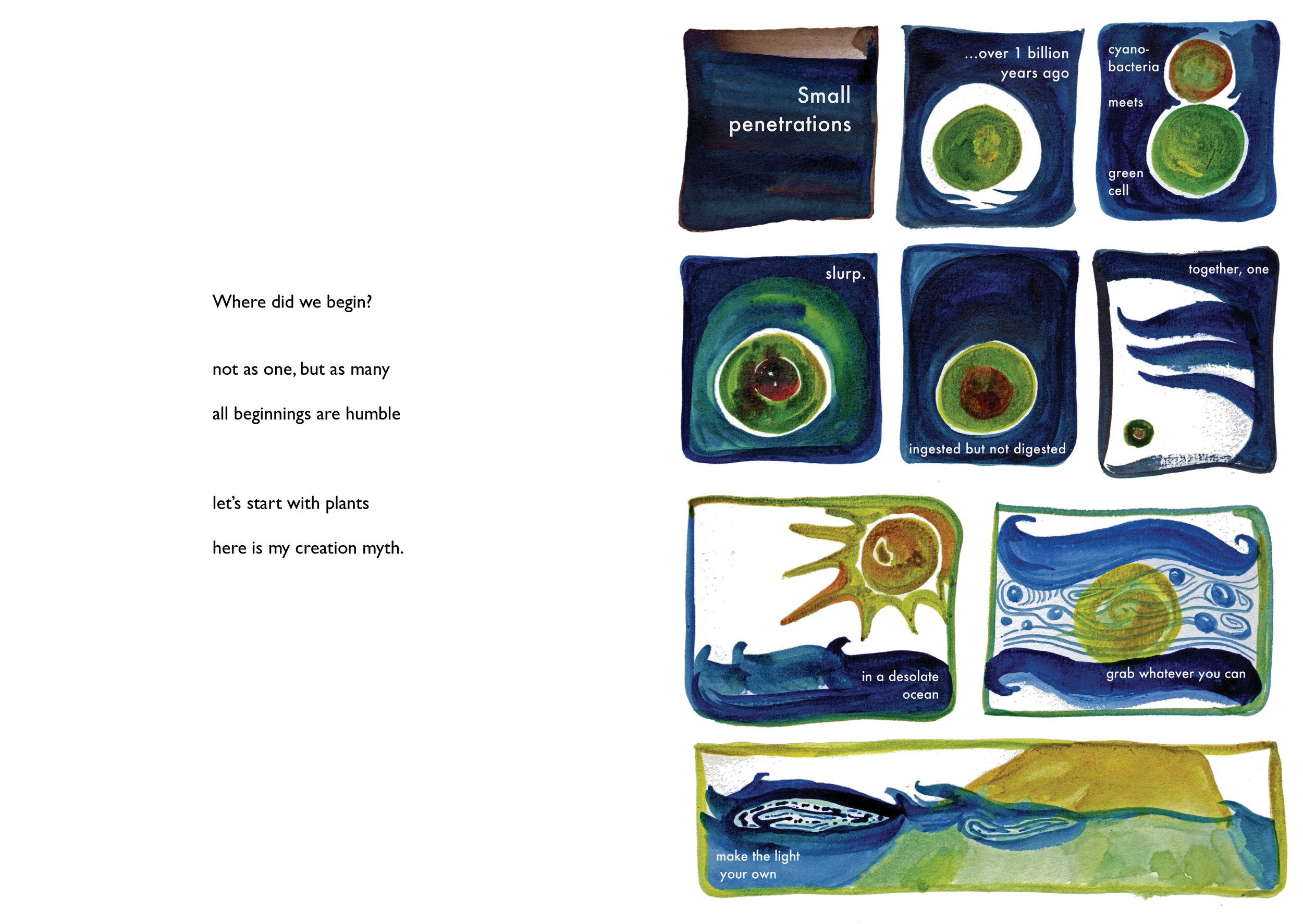
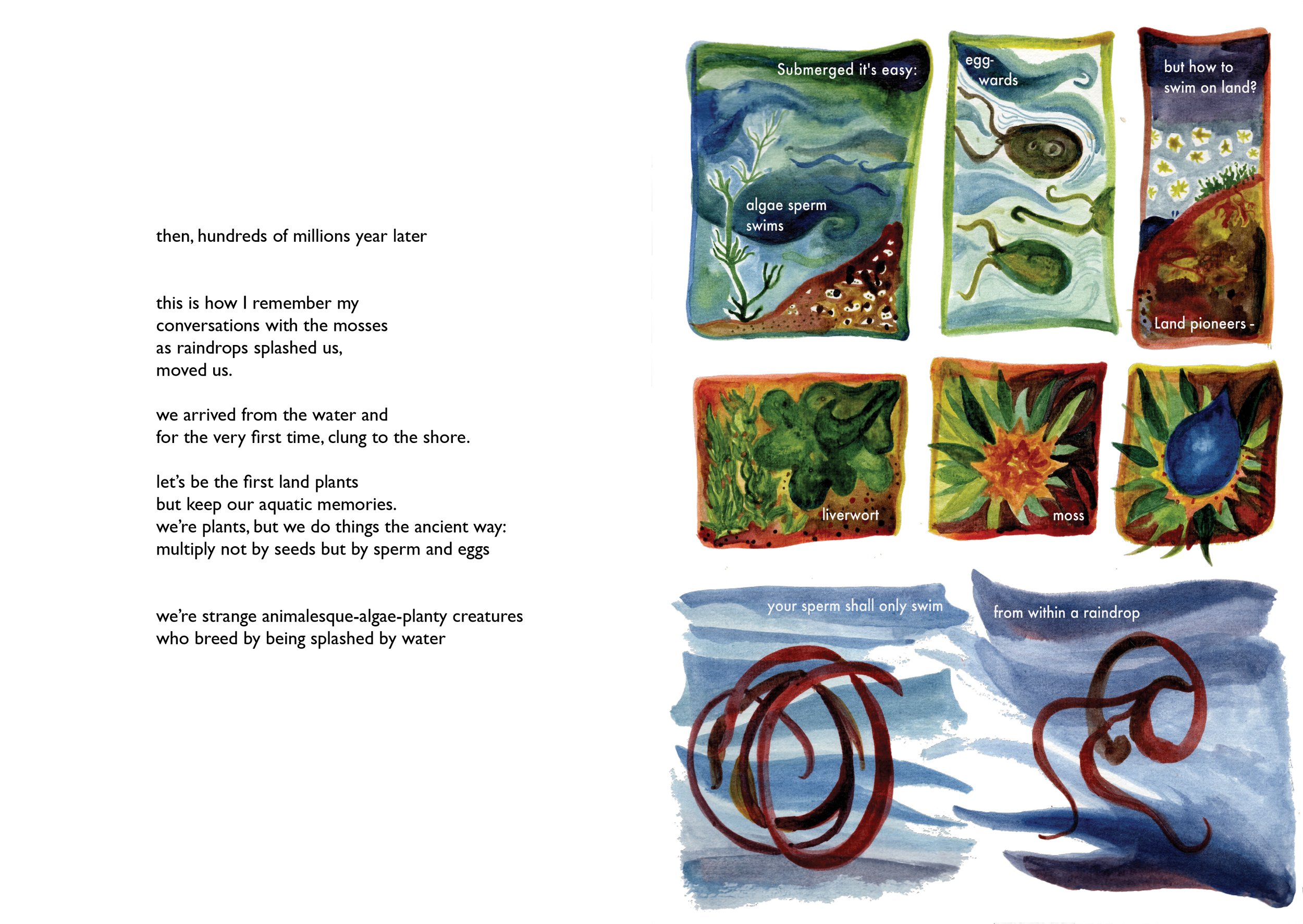
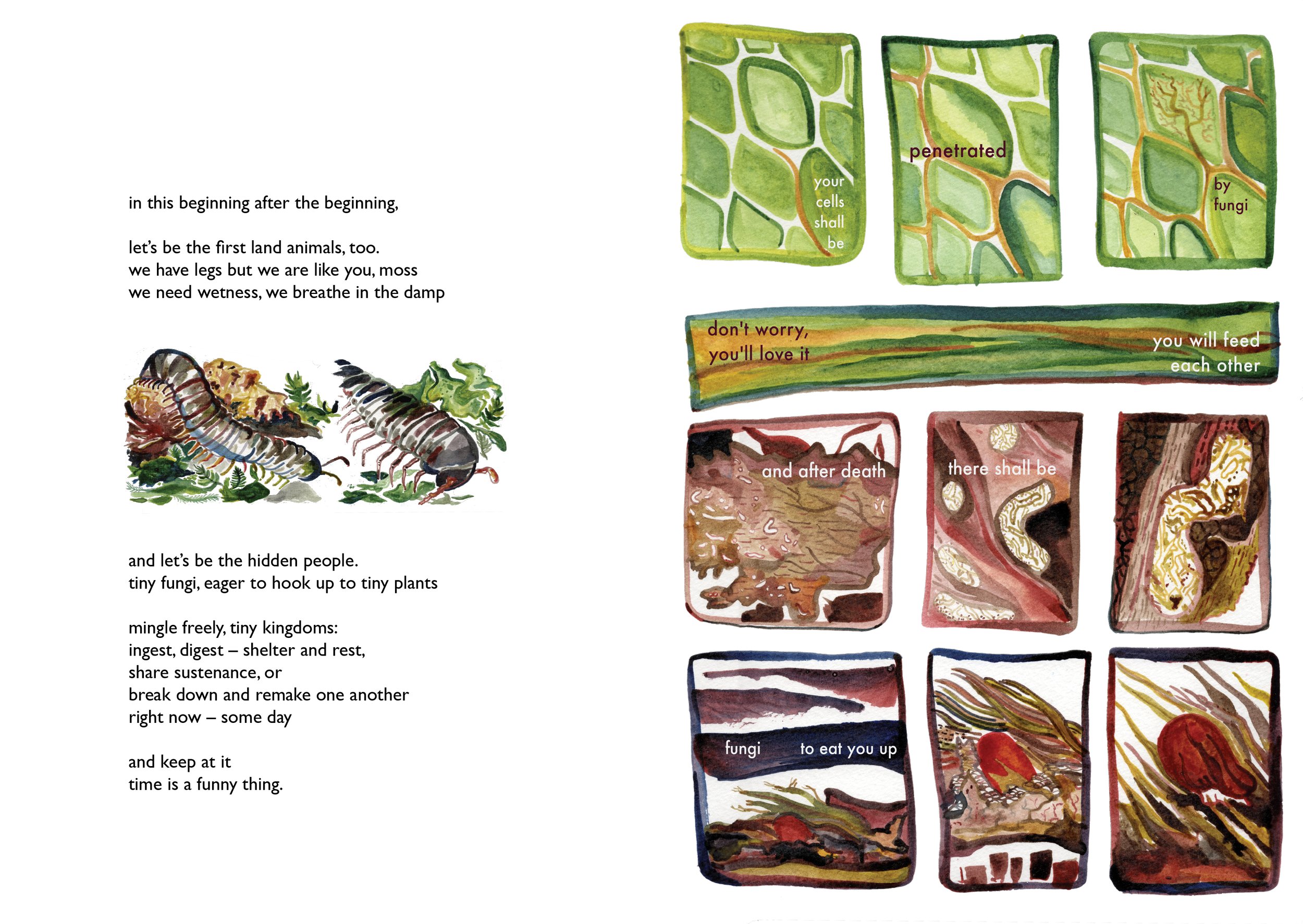
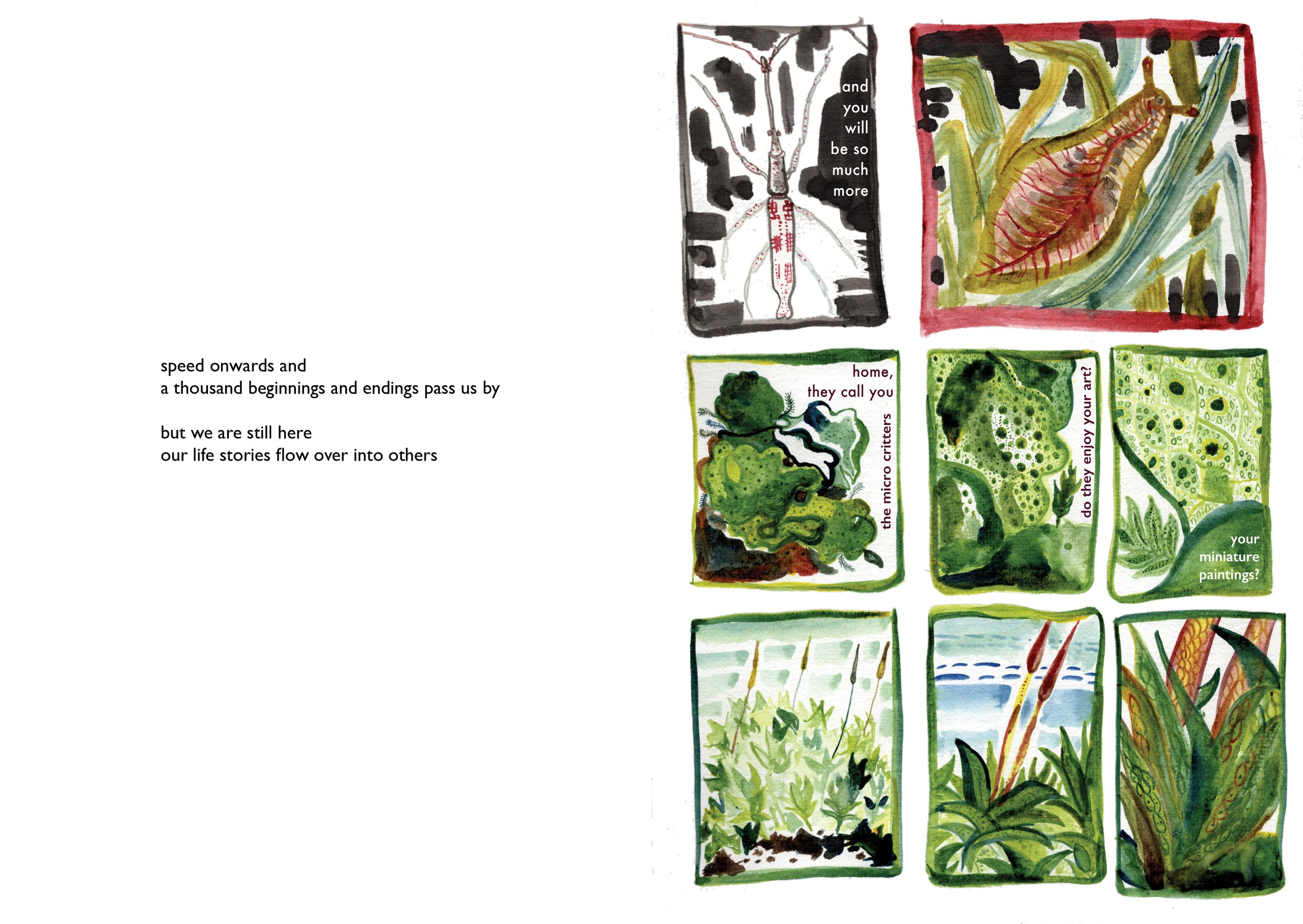
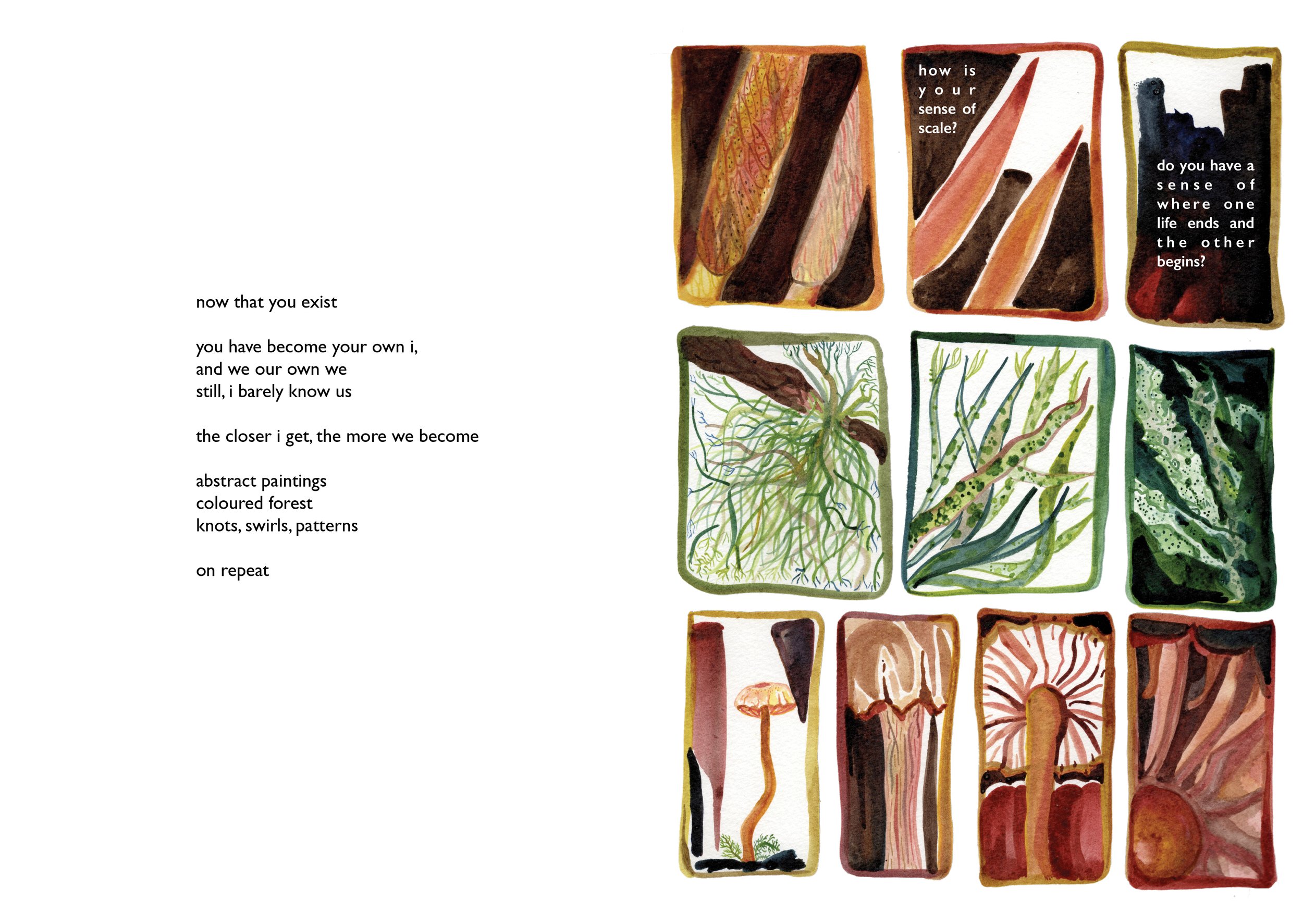
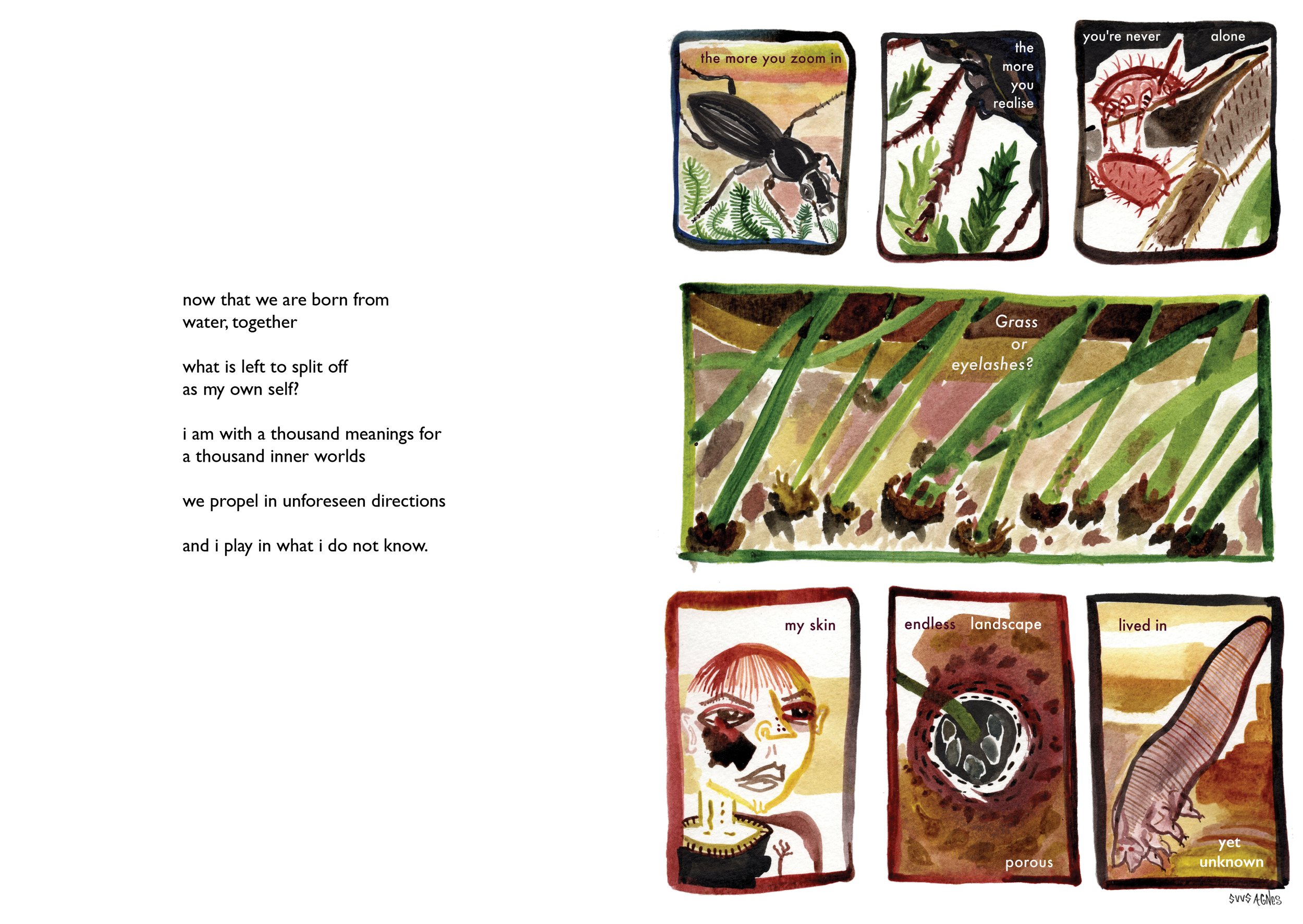
For a while I’ve been interested in the beginnings of life on earth, and how humans were made possible after many humble bits of green, some cells, some dirt.
from the inside out and outside in, up into the pores in our skin. and it keeps going. we have more in common with the ancient mosses than it seems, like our need for a liquid medium to transport sperm cells to eggs. we share all of our spaces with a wide range of micro creatures, sometimes with unexpected benefits for them. though an abstract awareness, now I’m getting a better sense that humans have evolved with critters, spores, and micro plants since the beginning, such as the skin mites that live in our pores, or the arthropods that always always always live in our homes.
***
I imagine myself talking to the first bits of green that ever appeared on Earth, hundreds of millions of years ago... small humble plants, the bryophytes: mosses, liverworts and hornworts.
The land was rather rocky, minerally and barren in those days, plus some other early life forms: fungi and bacteria.
Grow, mosses, grow! Here is some encouragement for you.
Earthly and otherworldly, here is my creation myth for the tiny people.
***
Earth’s earliest land creatures talk ancient and elemental conversations – in the air, in the earth, inside one another.
moss and lichen turn sun into sugar and give off oxygen. Ah, let’s breathe.
they also play a role in turning rocks into soil, together with streams of rainwater that run down cracks and crevices. To make things even better, invertebrates came to land, and together with fungi they help breaking down decaying matter, creating fertile soil. Ah, plants, let’s grow.
and all these little fellows sustain one another: insects find shelter in moss and help mosses to spread, fungi provide food for many and help plants to establish by penetrating their cells, small creatures become food for big creatures, etc. etc.
these lives and processes paved the way for bigger life forms to emerge, including us.
can we return the favour?
***
Micro Abstractions is part of a larger collection. A little more background information to this 3-year project:
Under the name NOTICER: conversations with insects, plants, and fungi i'm creating a series of visual narratives for my multispecies PhD thesis about 'unloved' microcommunities.
I am interested in how we might imagine better relationships with the environment from the macro to the micro. But how can I imagine better relationships when I hardly grasp what is going on all around me? I respond to Anna Tsing’s call for ‘passionate immersion in the lives of nonhumans’ or a ‘field philosophy’ described by Thom van Dooren where, through art, we can find ways to spend time in and learn about these ‘other worlds’.
In these works, I am interested in gestures of care towards the environment that can only ever be humble. I dwell with them, notice their marks, ask questions, and try to make sense of their lively stories.
NOTICER asks boldly: How can I learn to speak with other creatures? Some kind of exchange through smells, sounds, touches, tastes, and combinations of them – to become more present, curiously trying to make sense even though it’s confusing, mysterious, and i will never become fluent.
I’m setting up a range of small experiments in noticing and responding.
Synaesthesia helps me to think about how i might expand my awareness of what's happening all around me. My goal is to draw creatures into worlds of colour, sounds, smells, and dance, to help thinking about them differently and inspire curiosity about how we relate to one another.
Instead of stereotypical ideas like ‘they eat and sleep, grow and die’ I want to convey something about how they might experience being alive - how they sense and respond to things and, in return, create messages for others to respond to, including humans. I like to think about the human body from their perspective.
We are included and excluded: What we do is noticed by them, whether it is by swaying around with arms, setting the next footstep, sowing seeds, digging earth, wearing light coloured clothing, perfume, sweat. What they do can be noticed by us –sometimes– and surprising similarities between us arise, both real and imagined. They dance, sway from side to side, hang out together, attract and repel, rest, wait for the right moment, and are picky, very very picky, about the smells, tastes and colours they prefer.
Can these thoughts and small actions only be short-lived traces eventually eroded by Earth’s cyclical processes? Or can they become a starting point for expanded horizons, for being present with an entire body, for entering new conversations in this more-than-human life?
